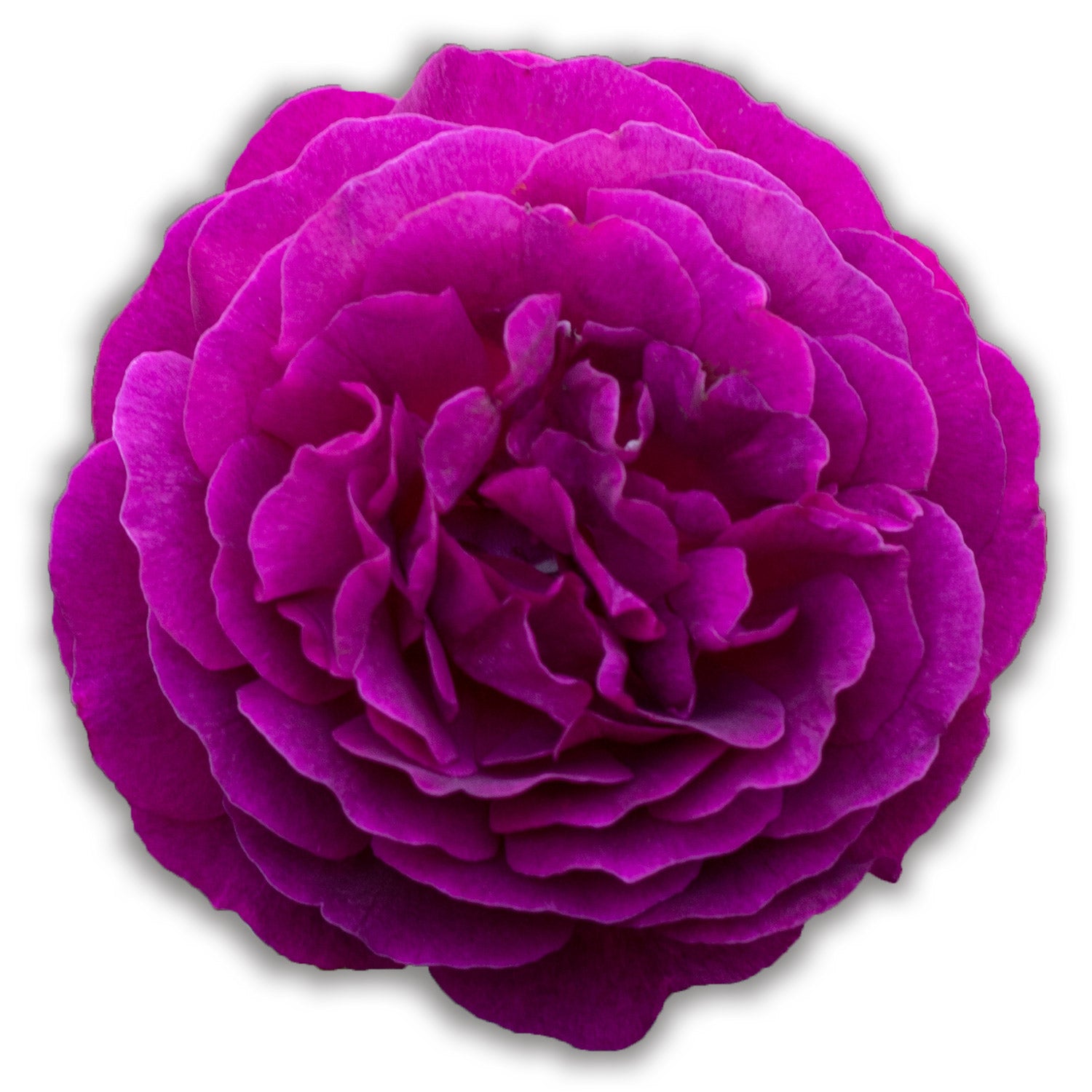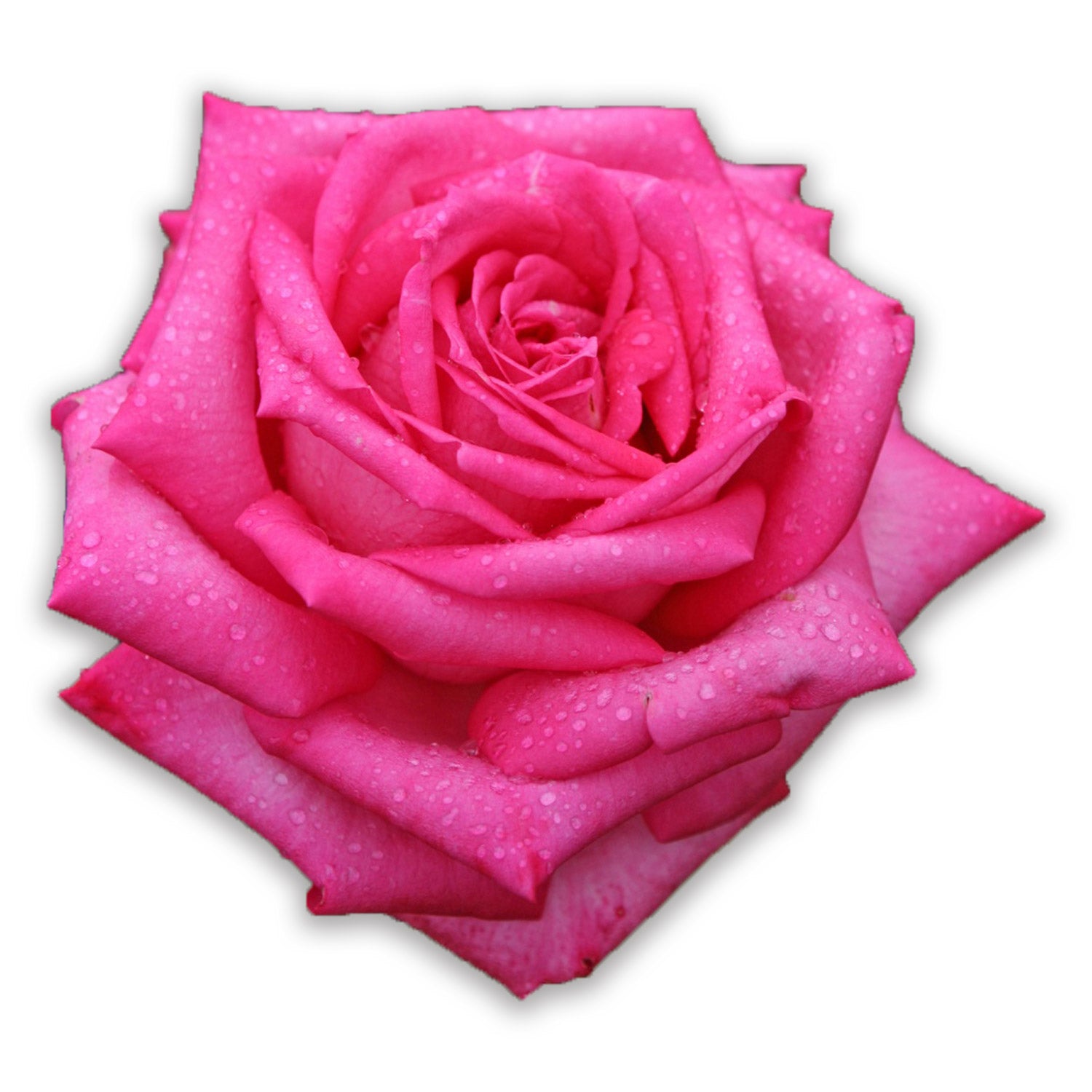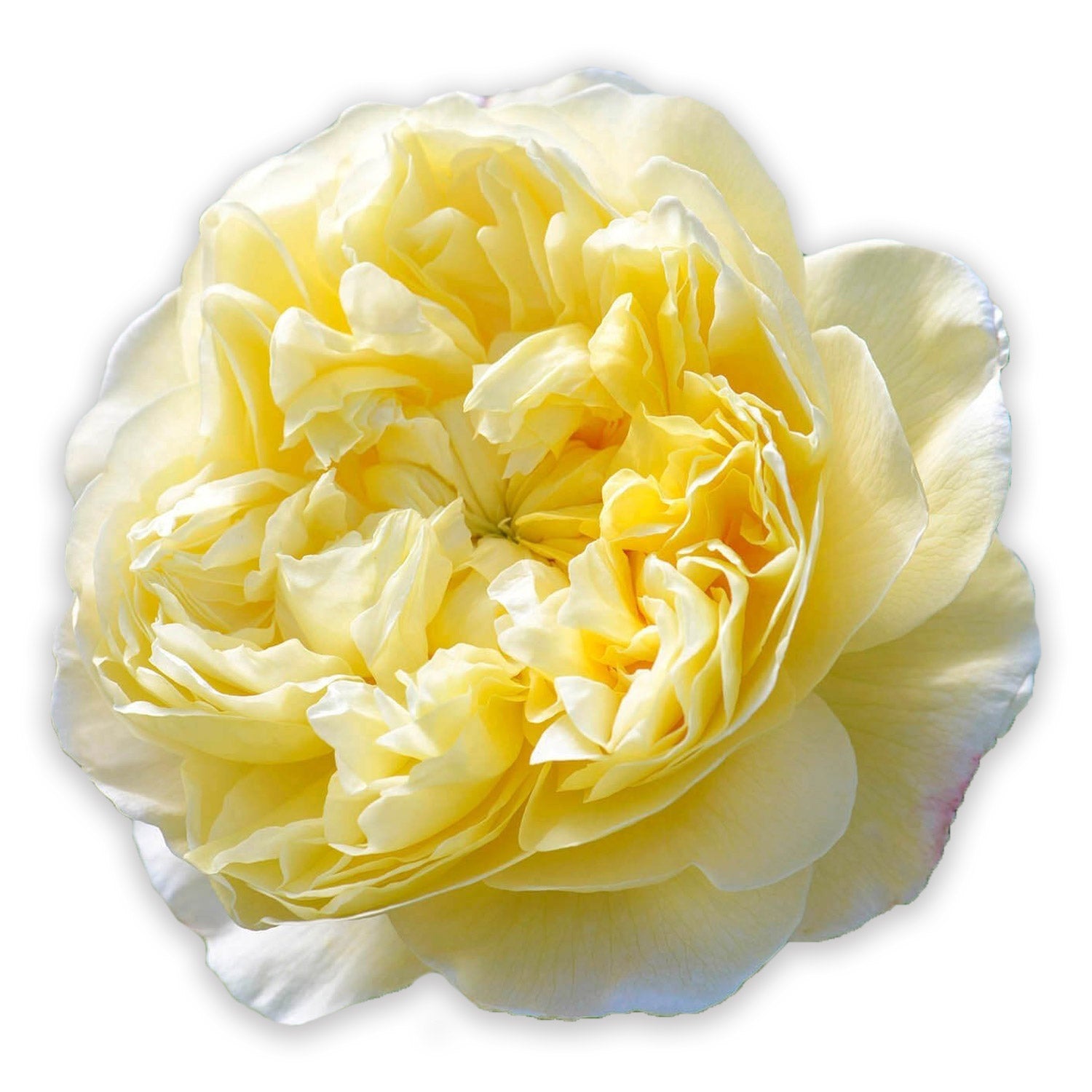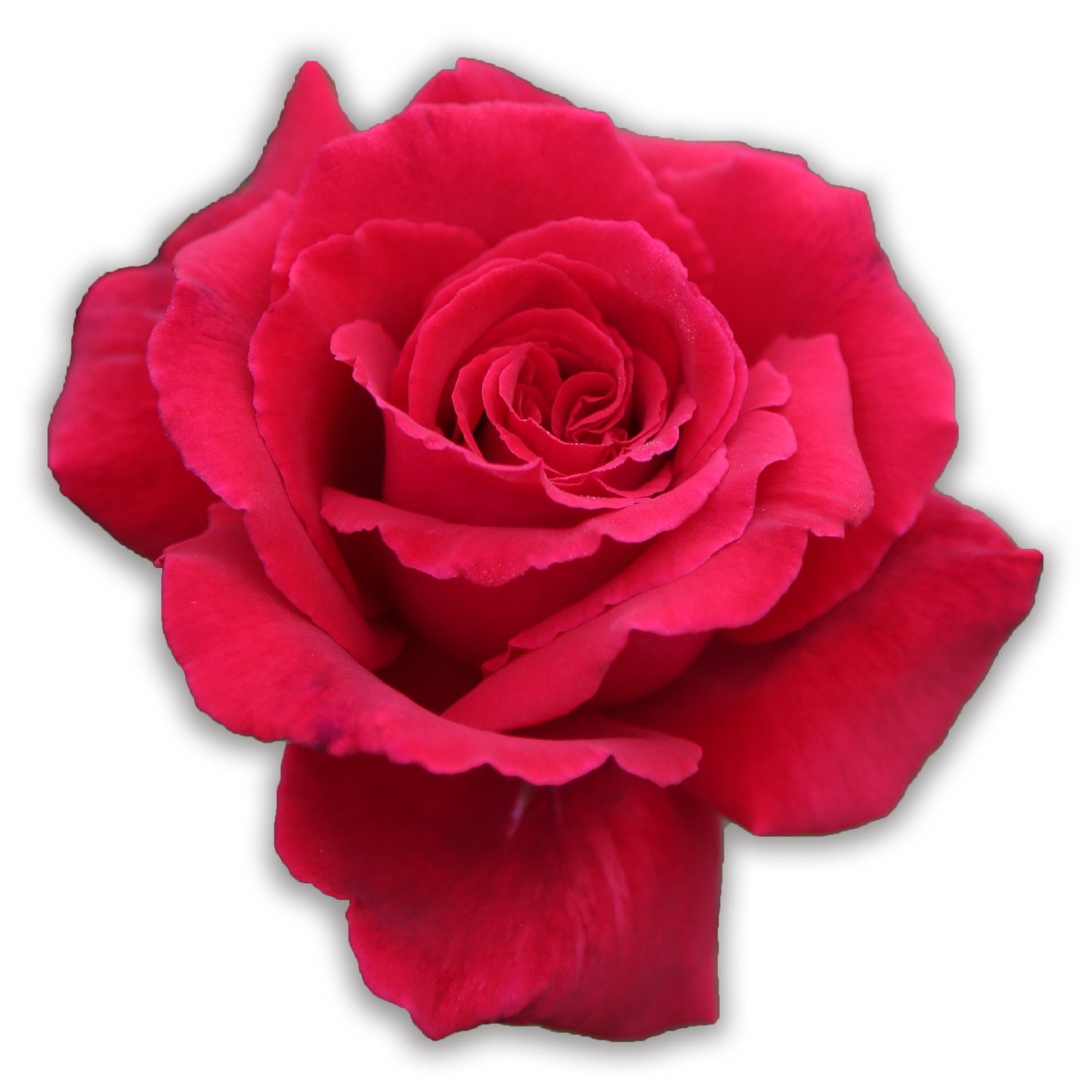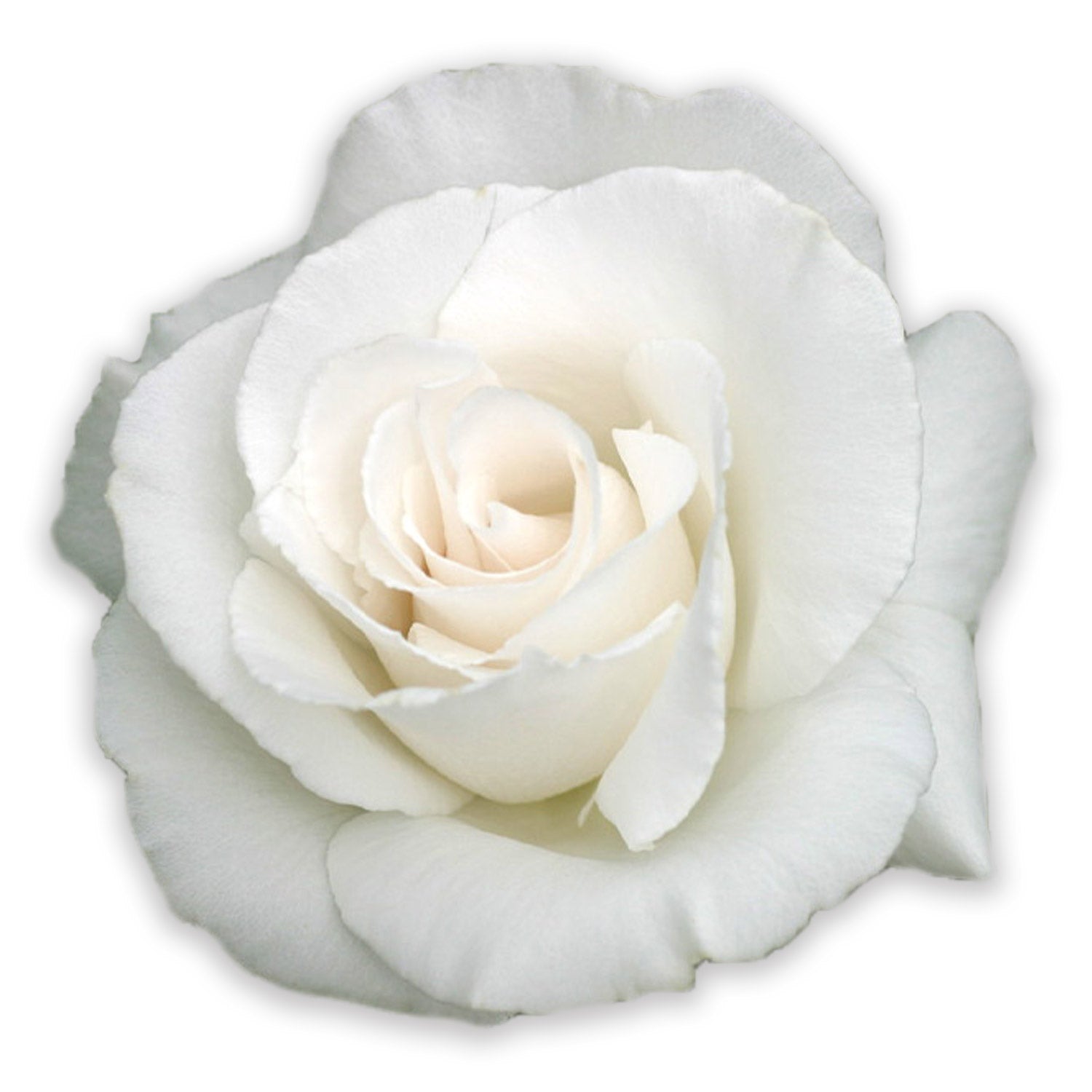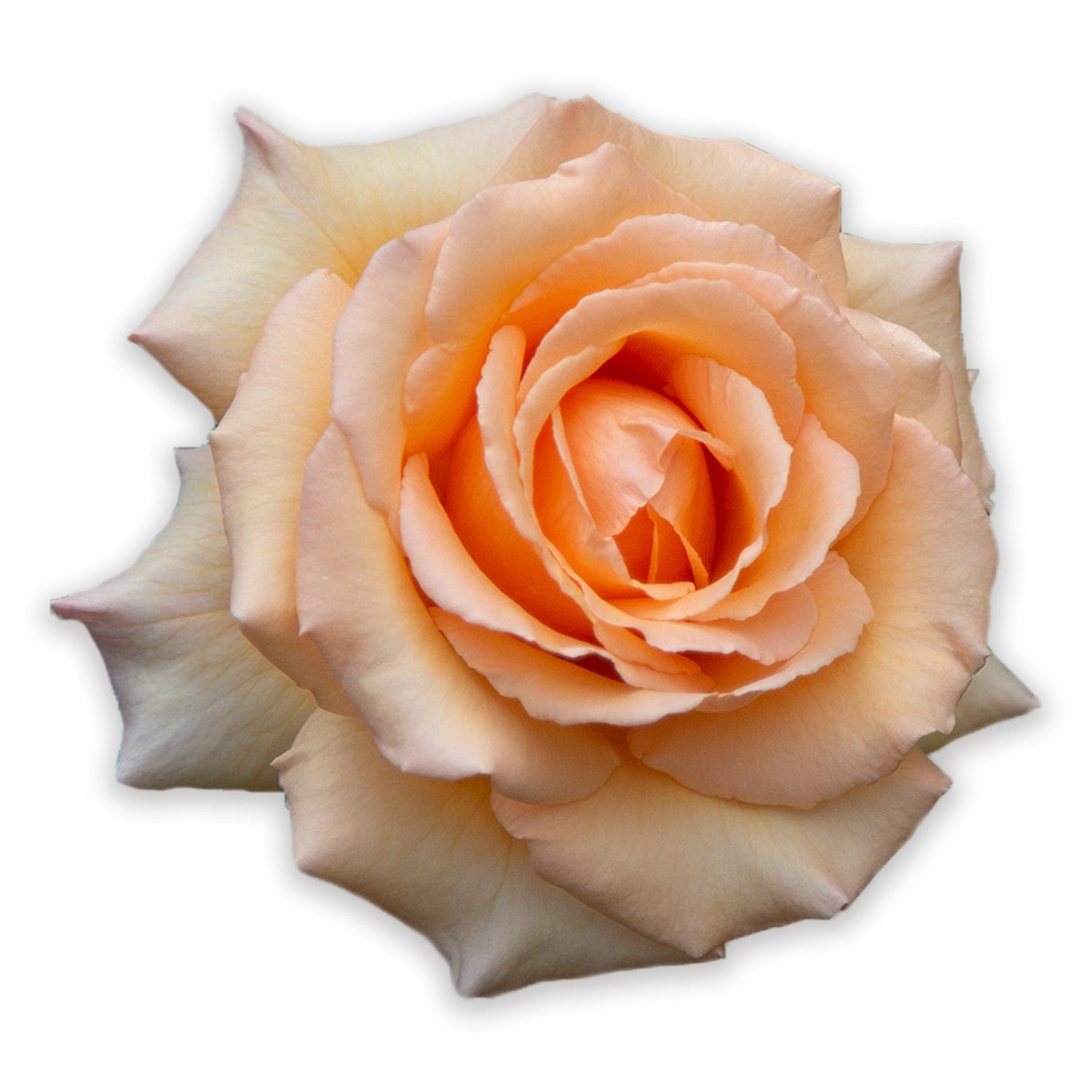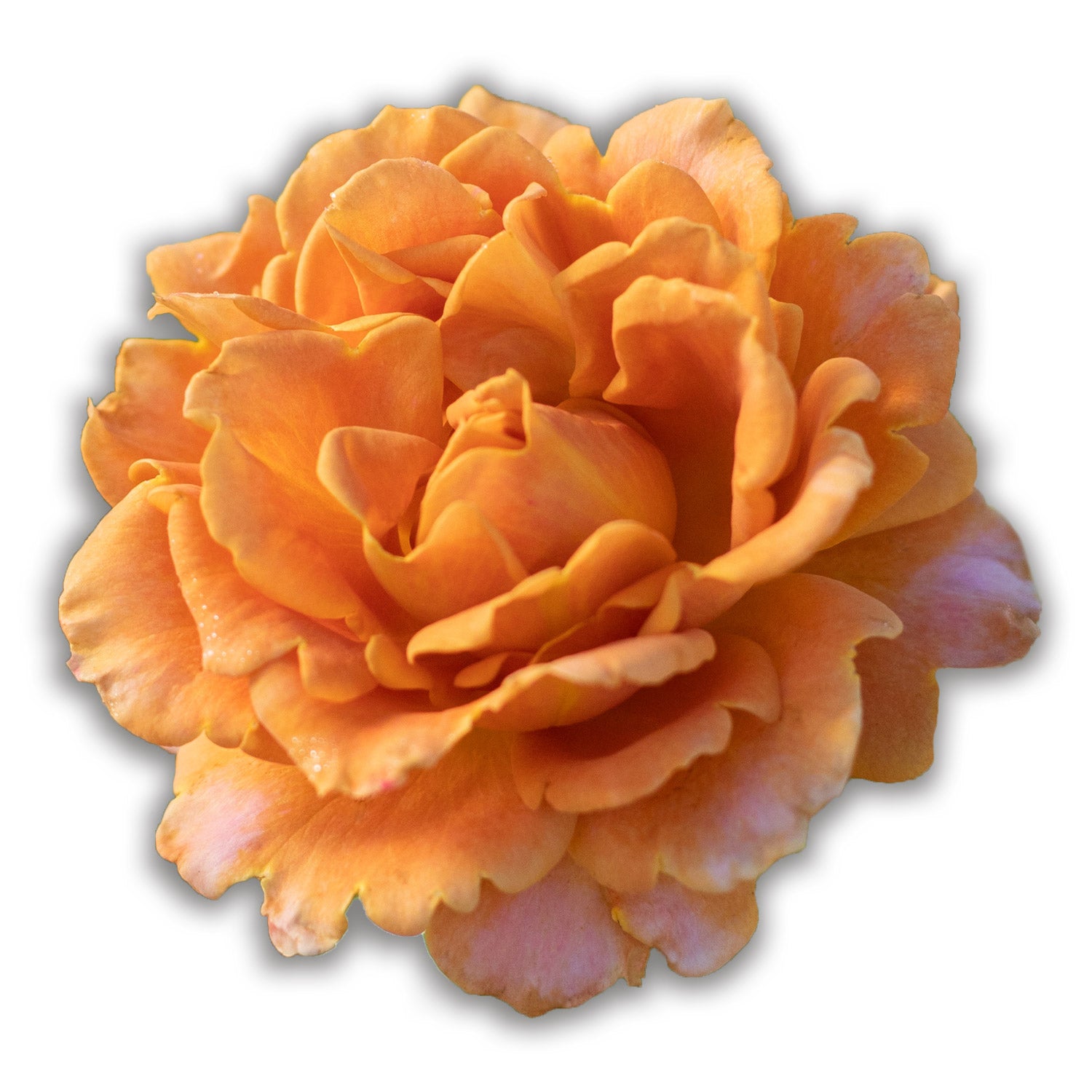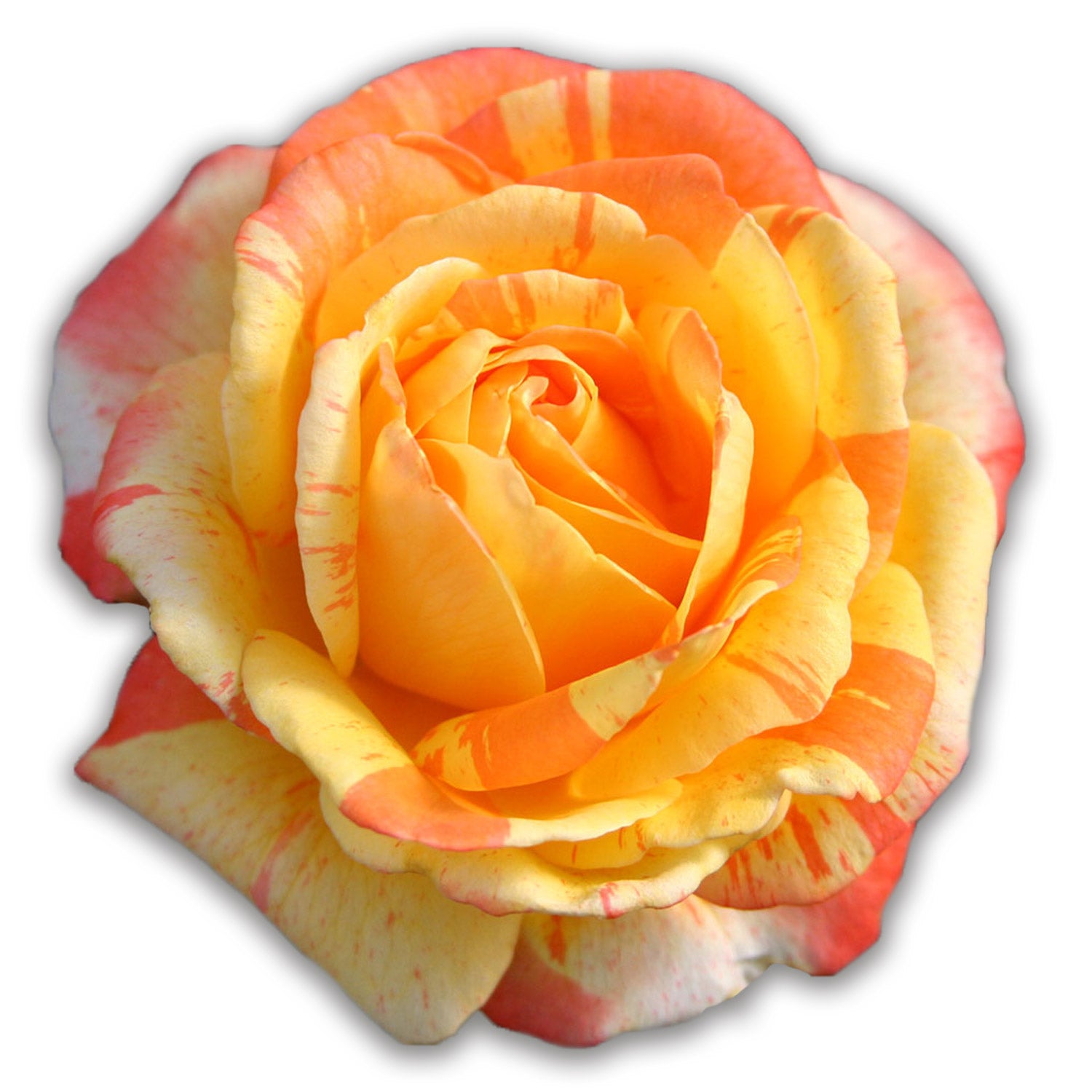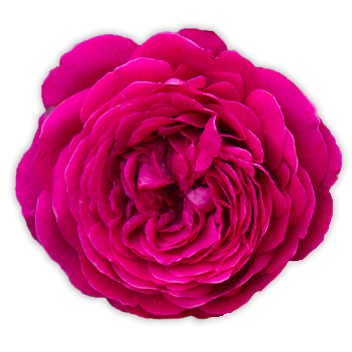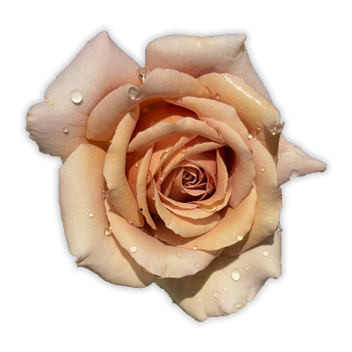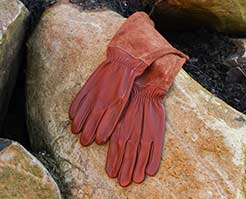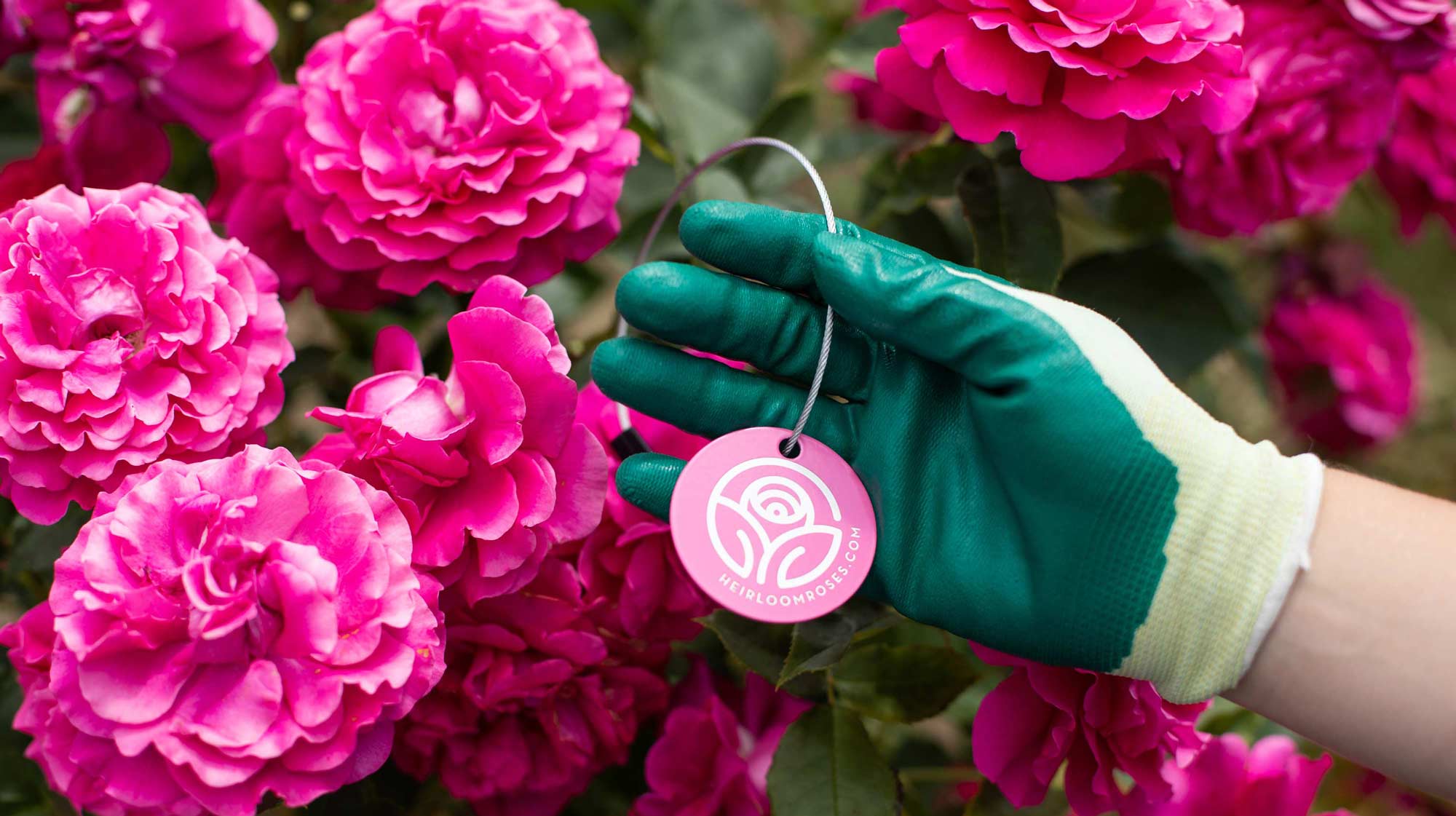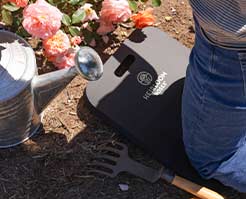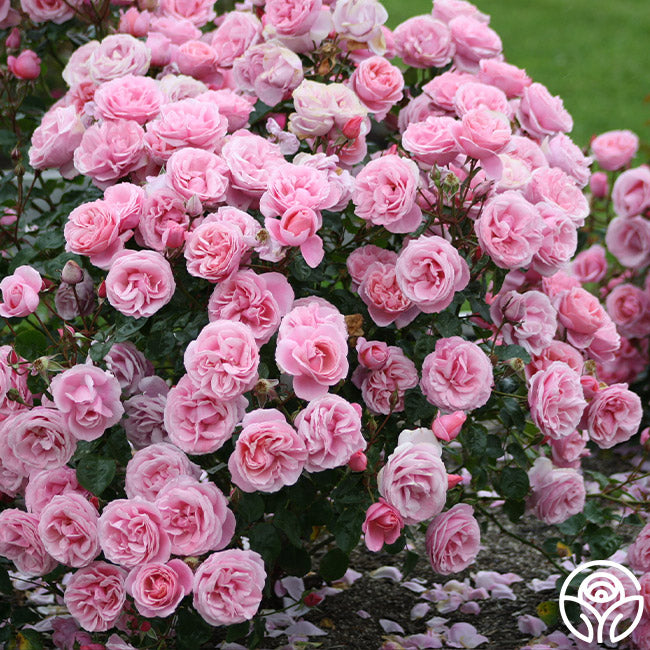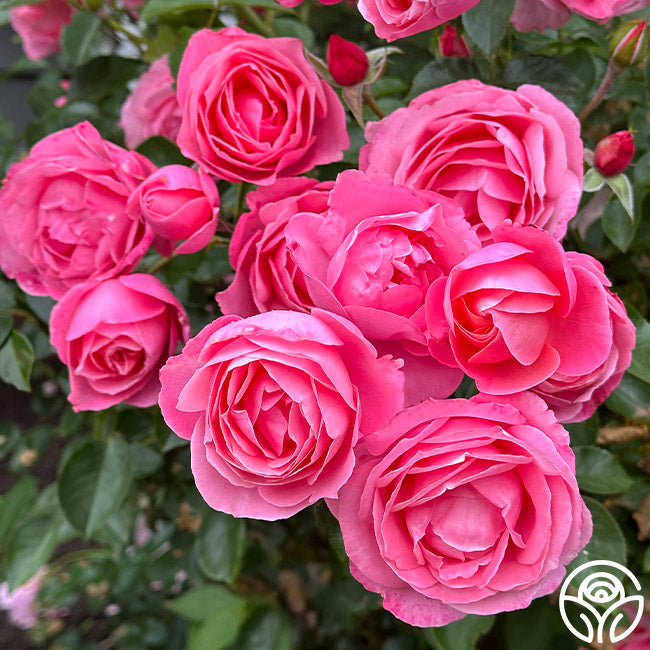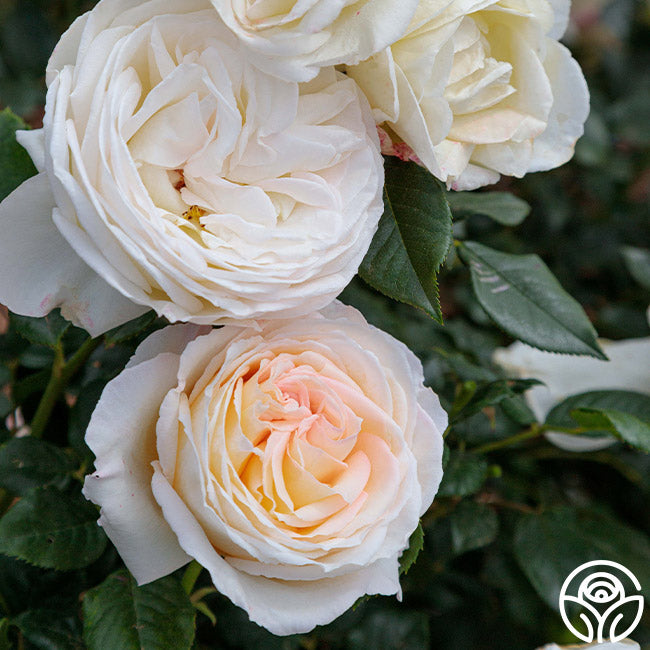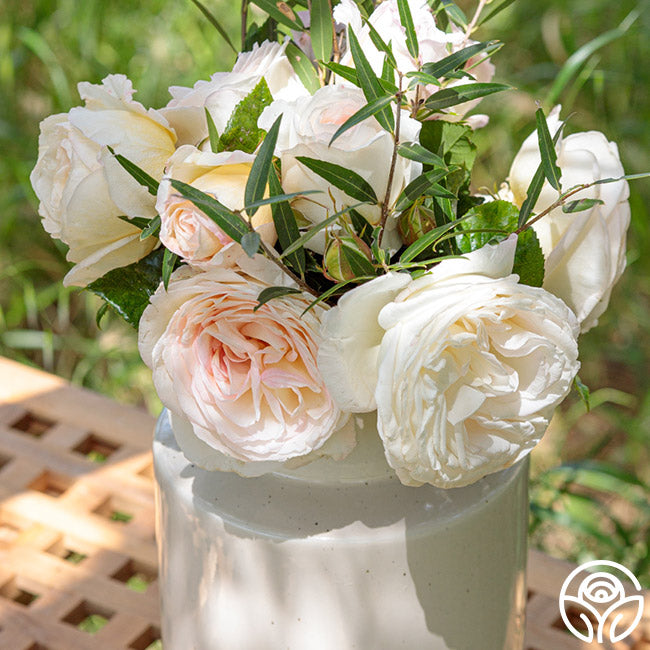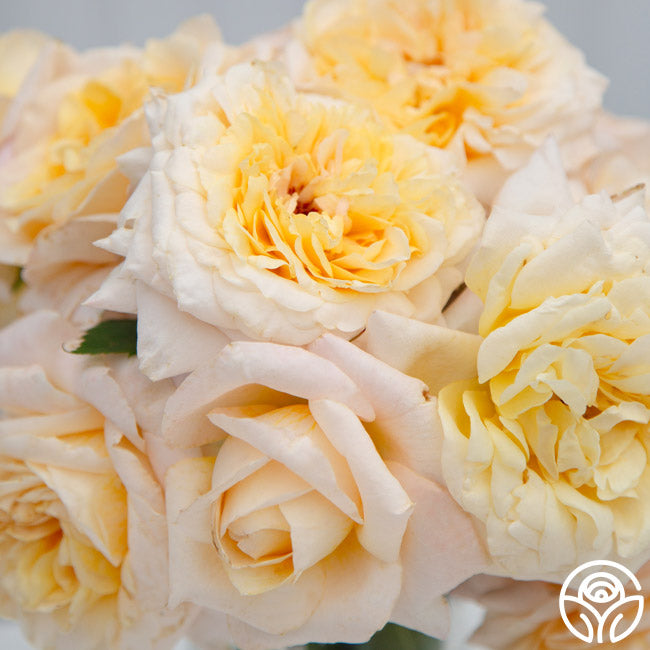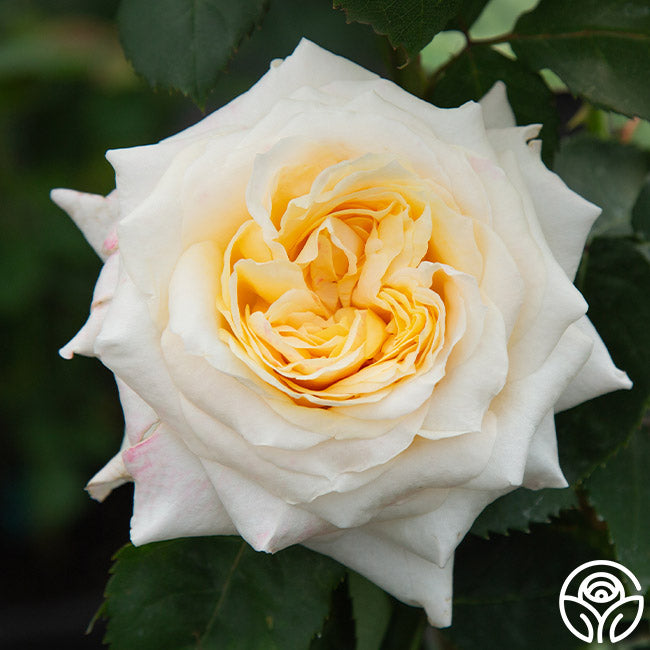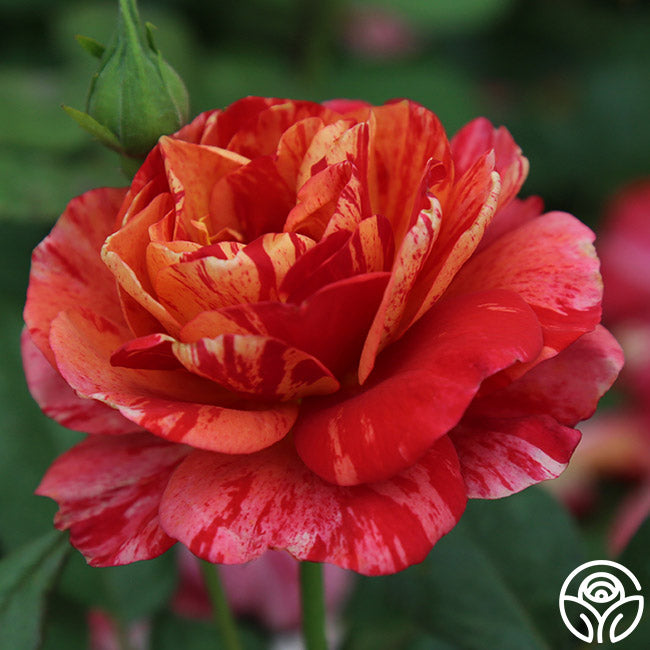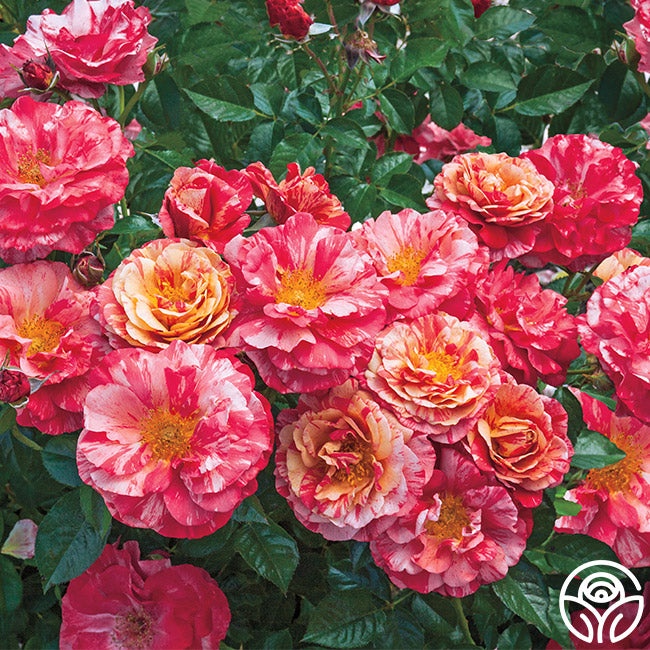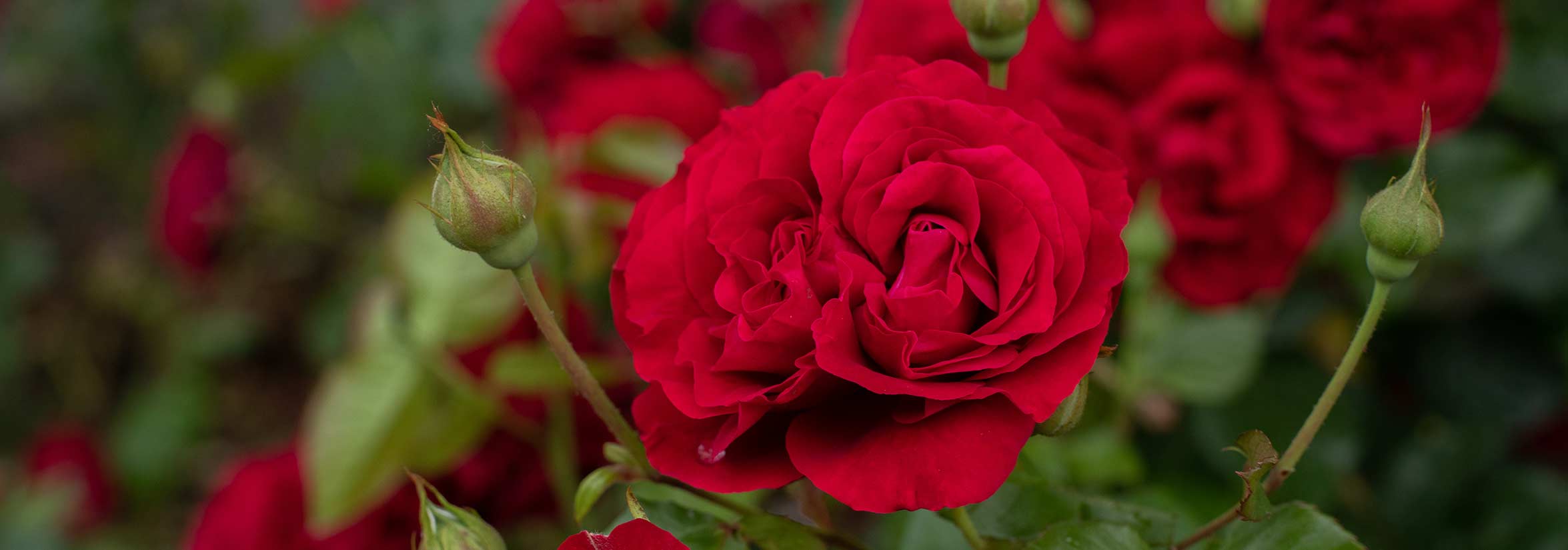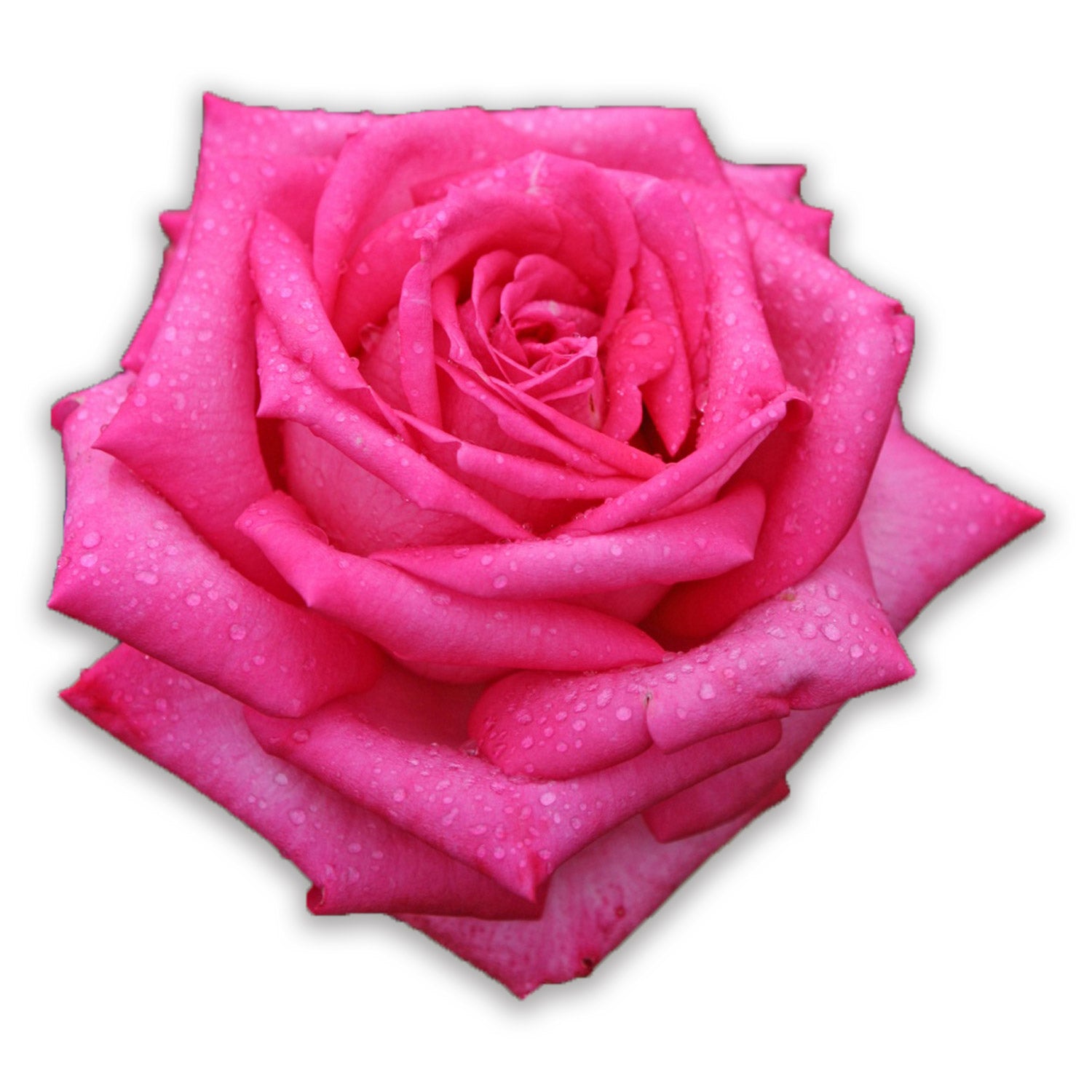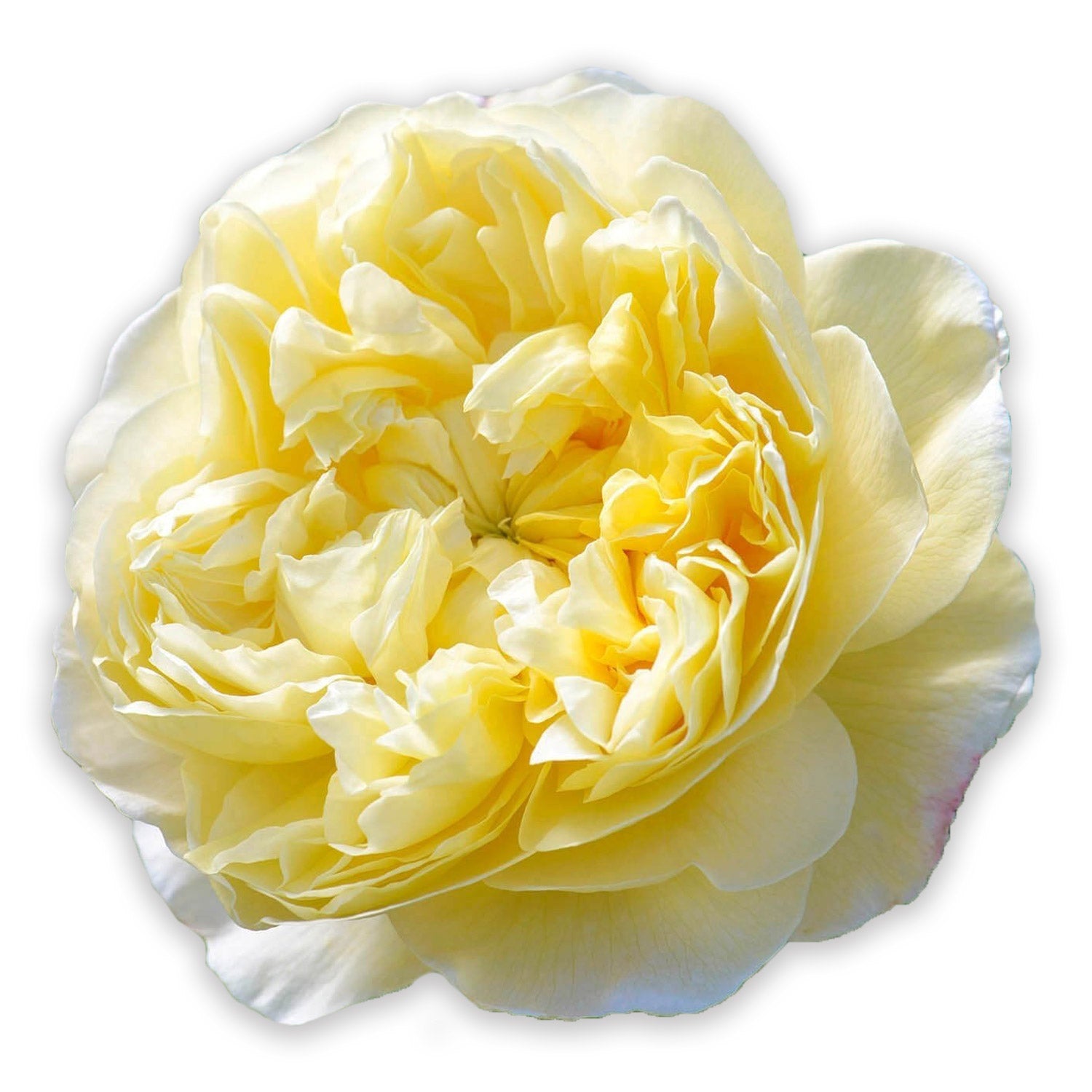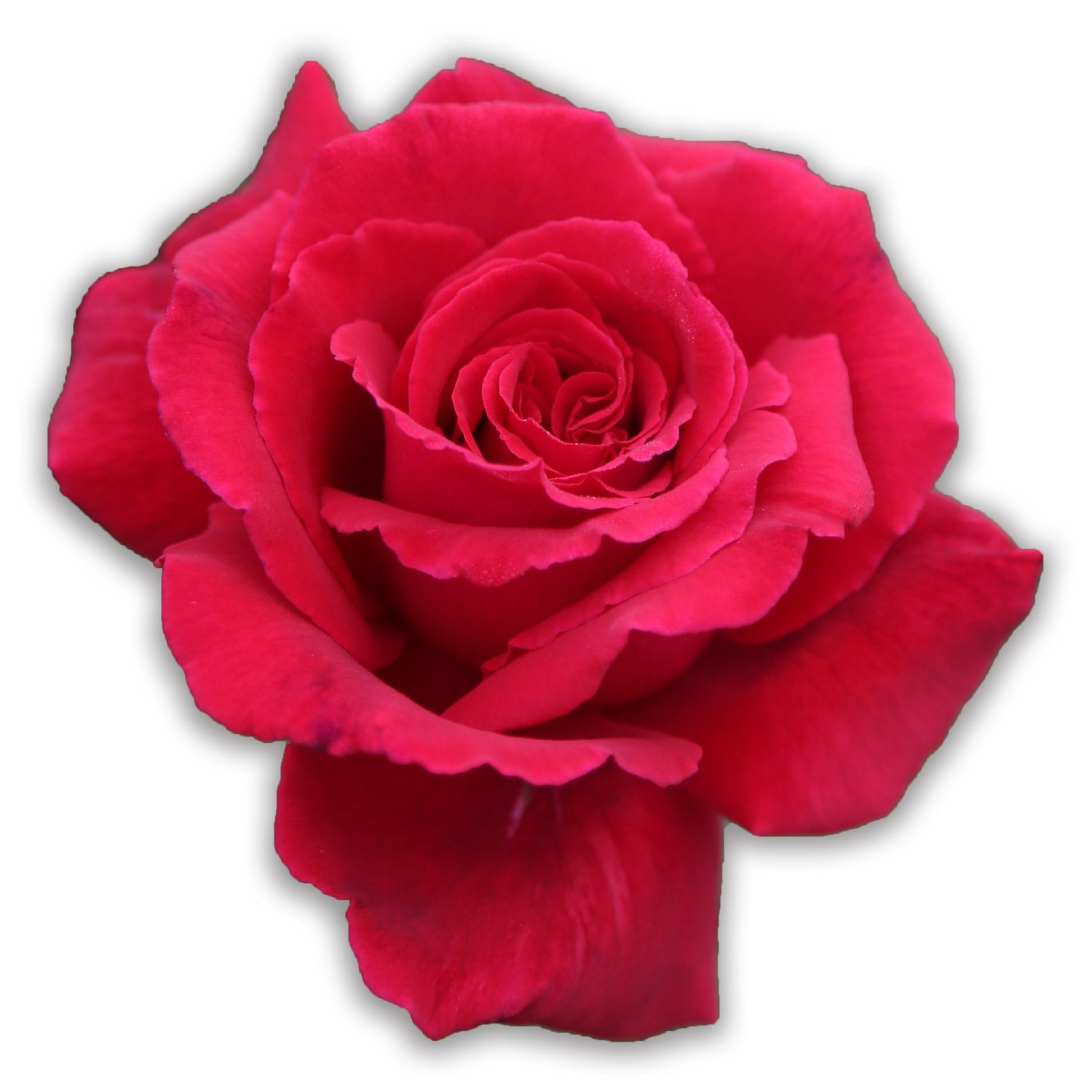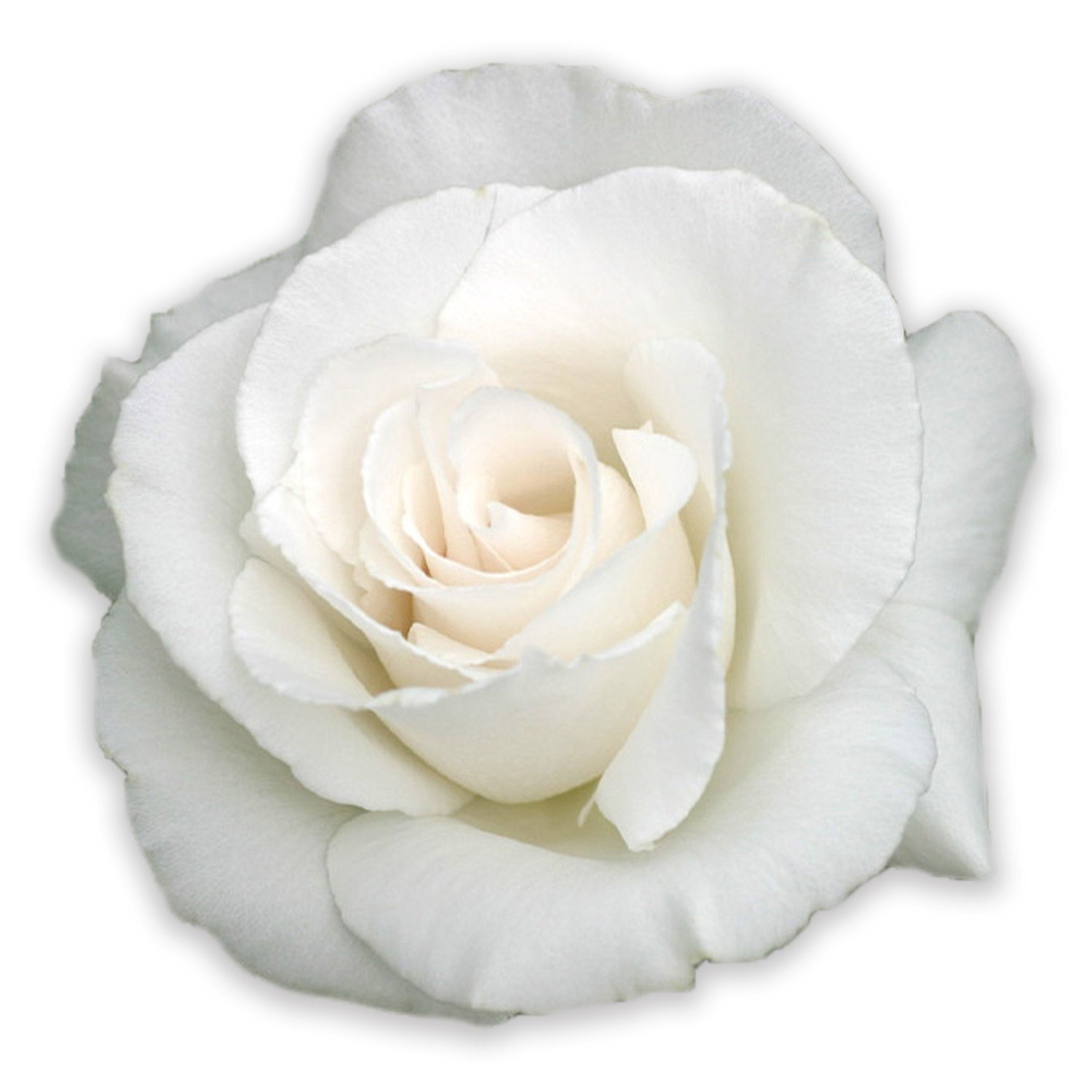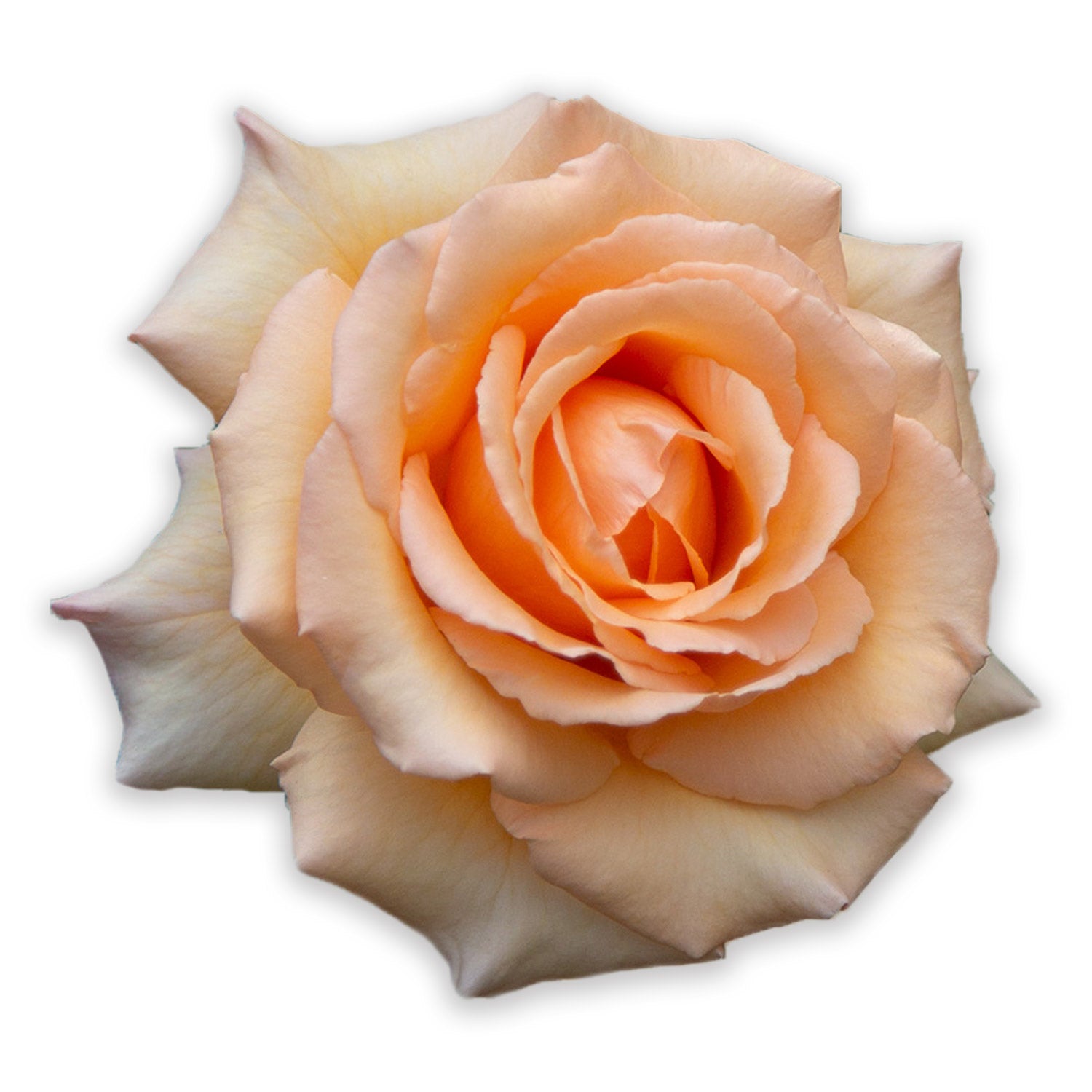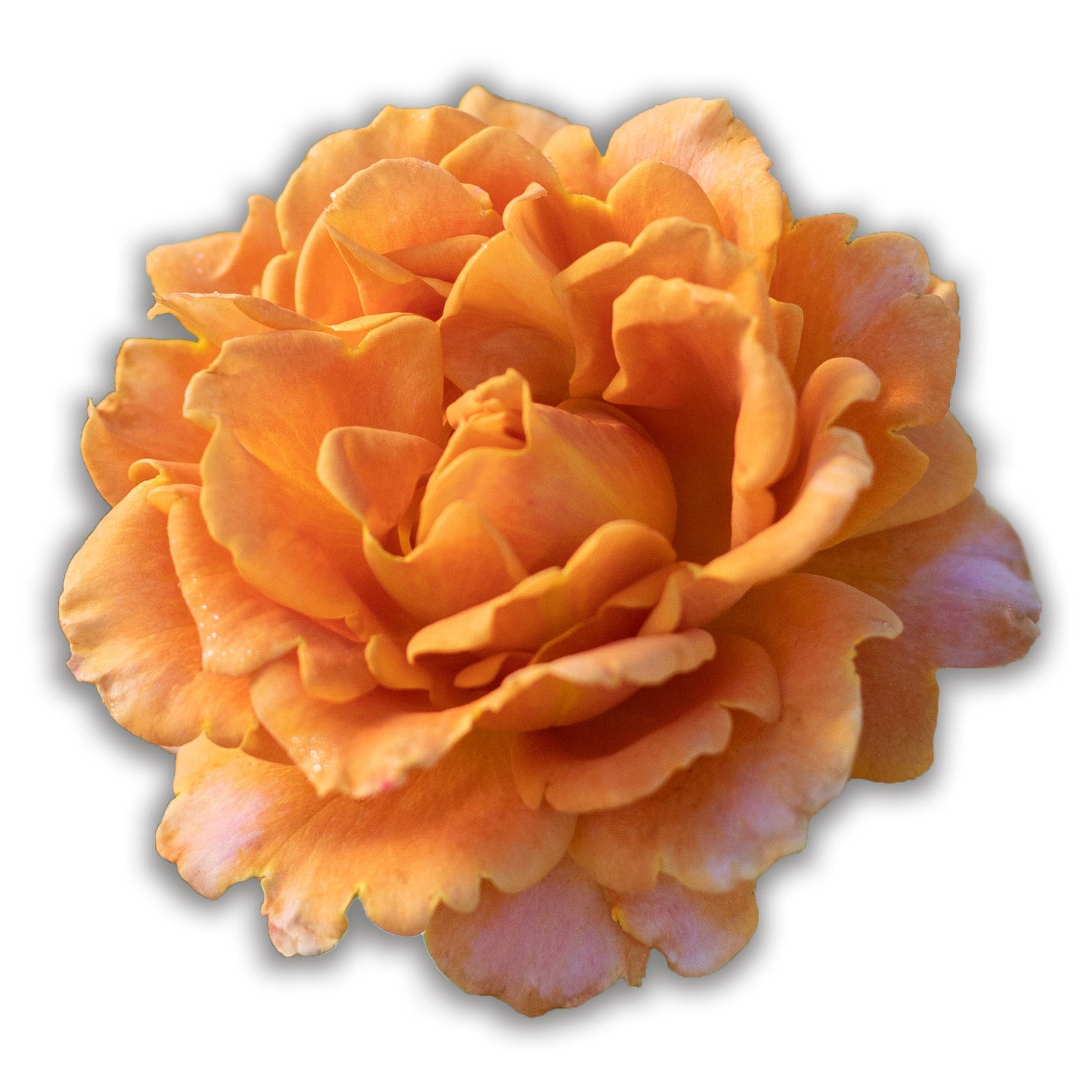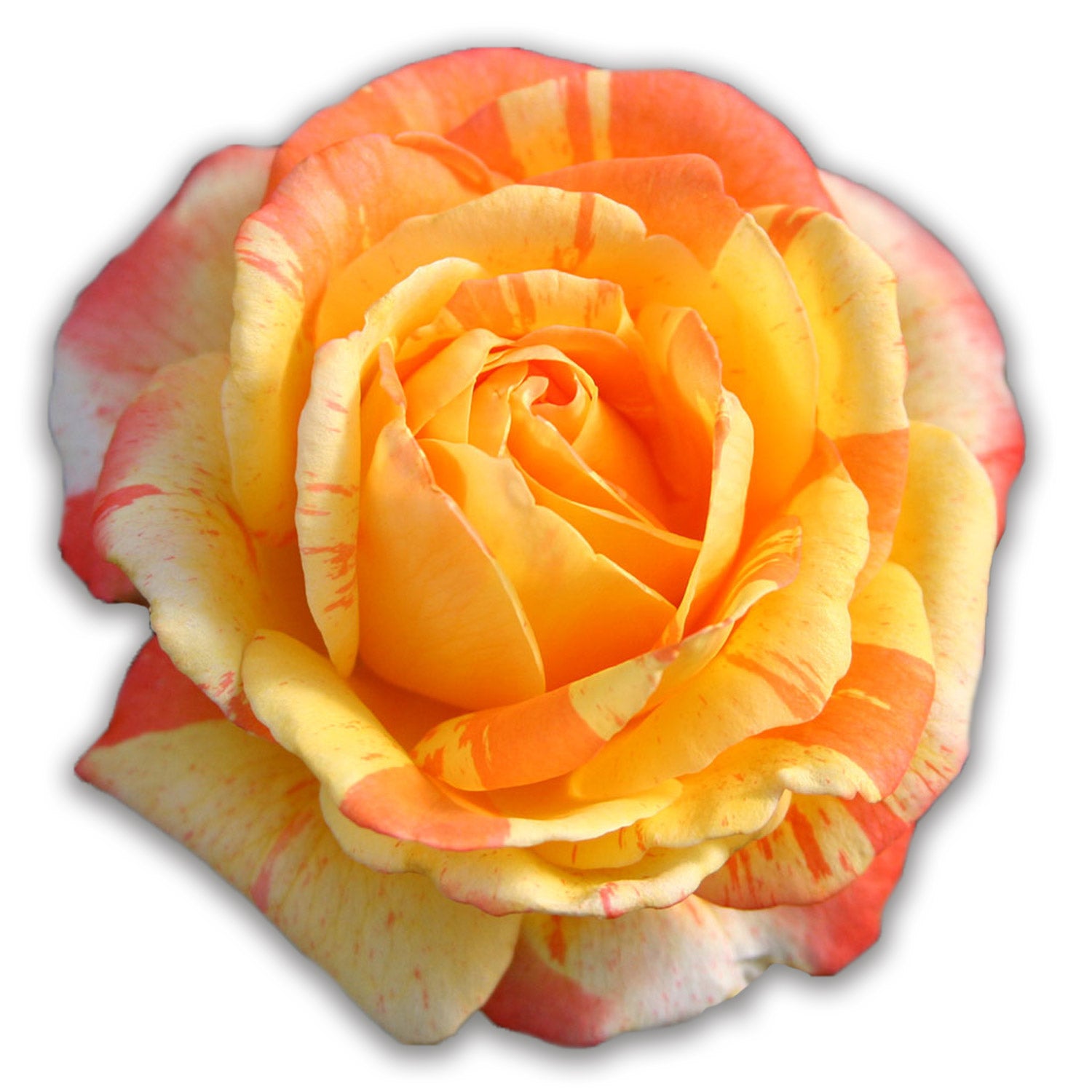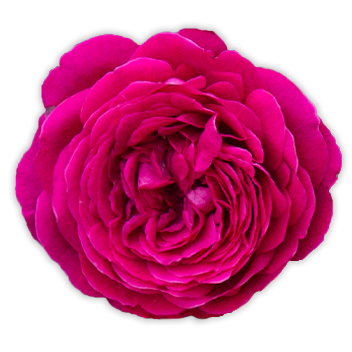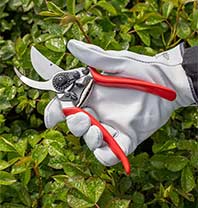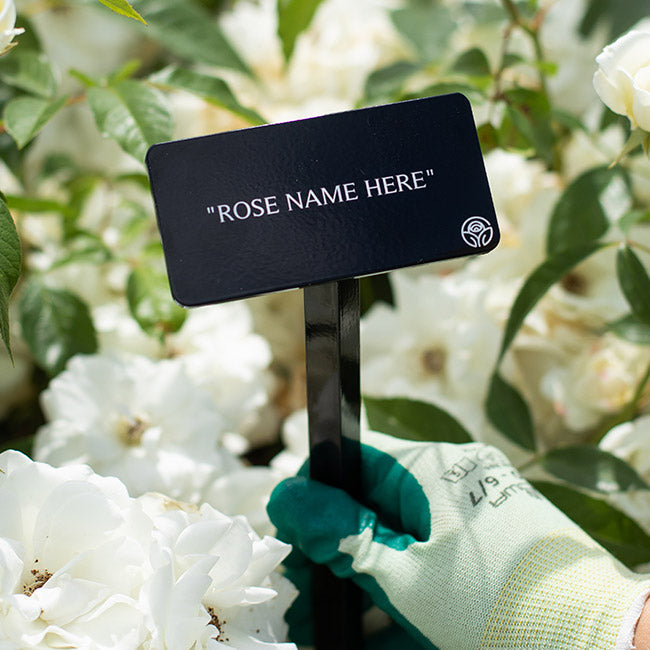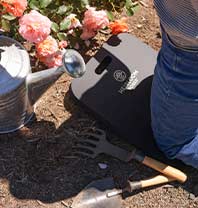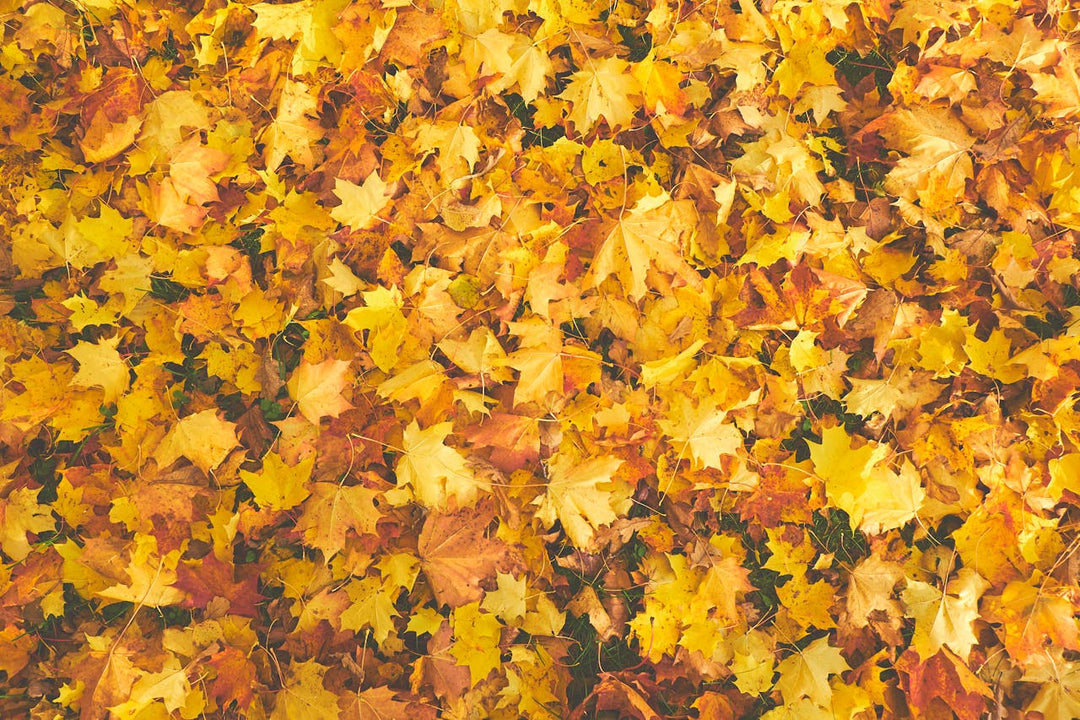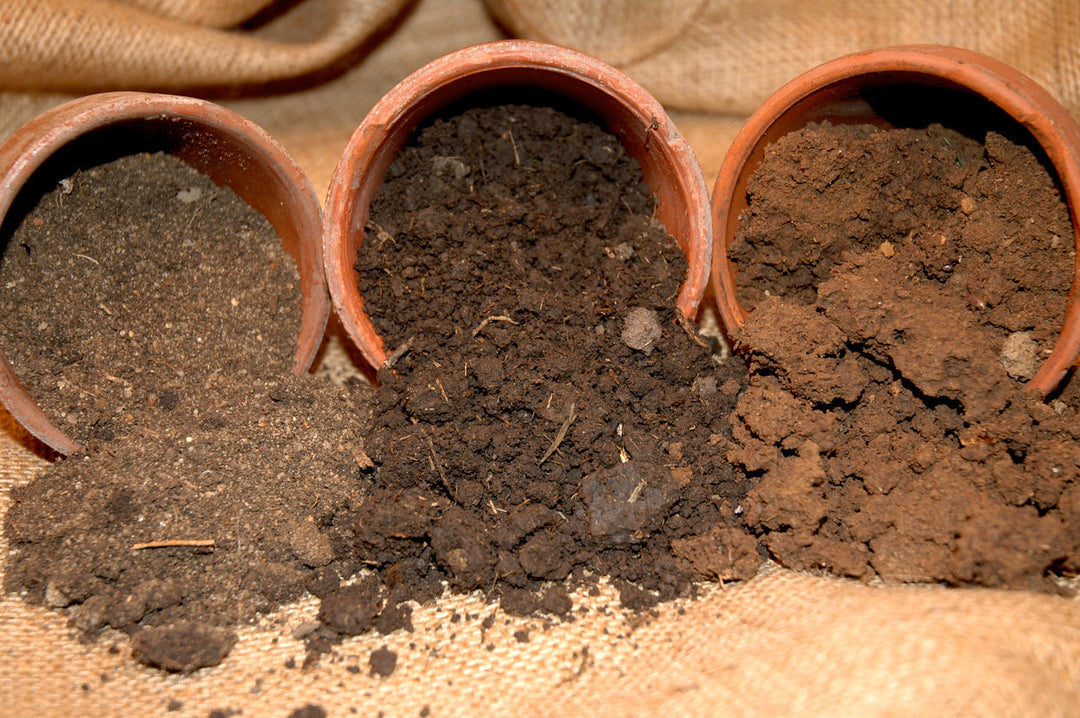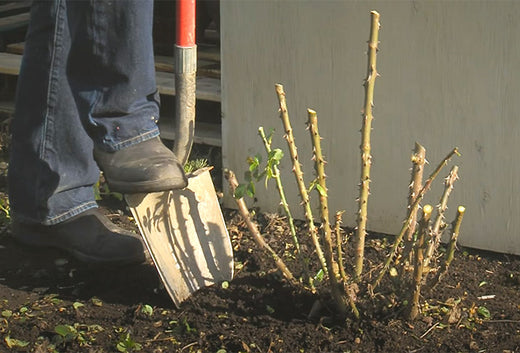Thyme: A Must-Have Herb for Every Garden
Thyme is often found in herb gardens around the world, but it is also a beautiful flowering plant that brings rugged beauty to any landscape. Keep it close to the house for easy kitchen access, or tuck it in amongst other plants where it will spread and crawl creating a fragrant weed barrier. Thyme is suited for gardens in zones 4 and up and performs well in borders, along paths, in rock gardens, and even as a groundcover.
More than Just an Herb
This delicious herb is deer resistant, drought tolerant, and can be nearly ignored in the garden. It thrives in the heat and dry summer months and will produce the tiniest little flowers. Don’t be surprised if this perennial doesn’t bloom during its first year in your garden. She is likely focusing on root growth and saving up all of her energy for that. Flowers should begin in year two and beyond.
Planting and Care
Thyme prefers to be planted in spring and needs a minimum of 6-8 hours of sunlight per day. So choose a location in a sunny spot like you would for roses. Dig a hole twice as wide as the pot and just as deep, loosen the roots gently if they are bound tight, and place the plant into the hole, packing the dirt around the plant to push out any air pockets. Water thoroughly.
A young Thyme plant will need to be watered every week until it is well established. Then this drought tolerant herb should be just fine waiting for summer rains on its own. If you have chosen to plant your Thyme in a pot, that is great! Be aware that it will need more water if potted than it would if planted in the ground, so create a weekly watering schedule to keep your plant happy and growing.
There is also no need to fertilize Thyme as fertilizing will actually weaken the plant and its flavor.
It is important to note that there are two different kinds of Thyme: varieties used as an herb and Creeping Thyme. Creeping Thyme (Thymus serpyllum) is edible but is not used for culinary purposes as it has a more inconsistent flavor.
This herb can become quite woody as it ages. So around mid-summer, cut back the plant to about 4” in height or just above the woody stems and it will push out new growth. Do not cut into the woody portion of the plant as this won’t sprout new growth.
Thyme can also be divided by digging up the plant and dividing right down the middle, ensuring both halves have roots and foliage. Plant and water as you would a new plant purchased from a nursery. It is best to divide Thyme in the spring.
Our favorites for us this season are: Sparkling Bright (edible), Red Creeping, and Pink Chintz. The latter two varieties are both Thymus serpyllum and not recommended for culinary usage but are great tucked in around roses or in pathways.




